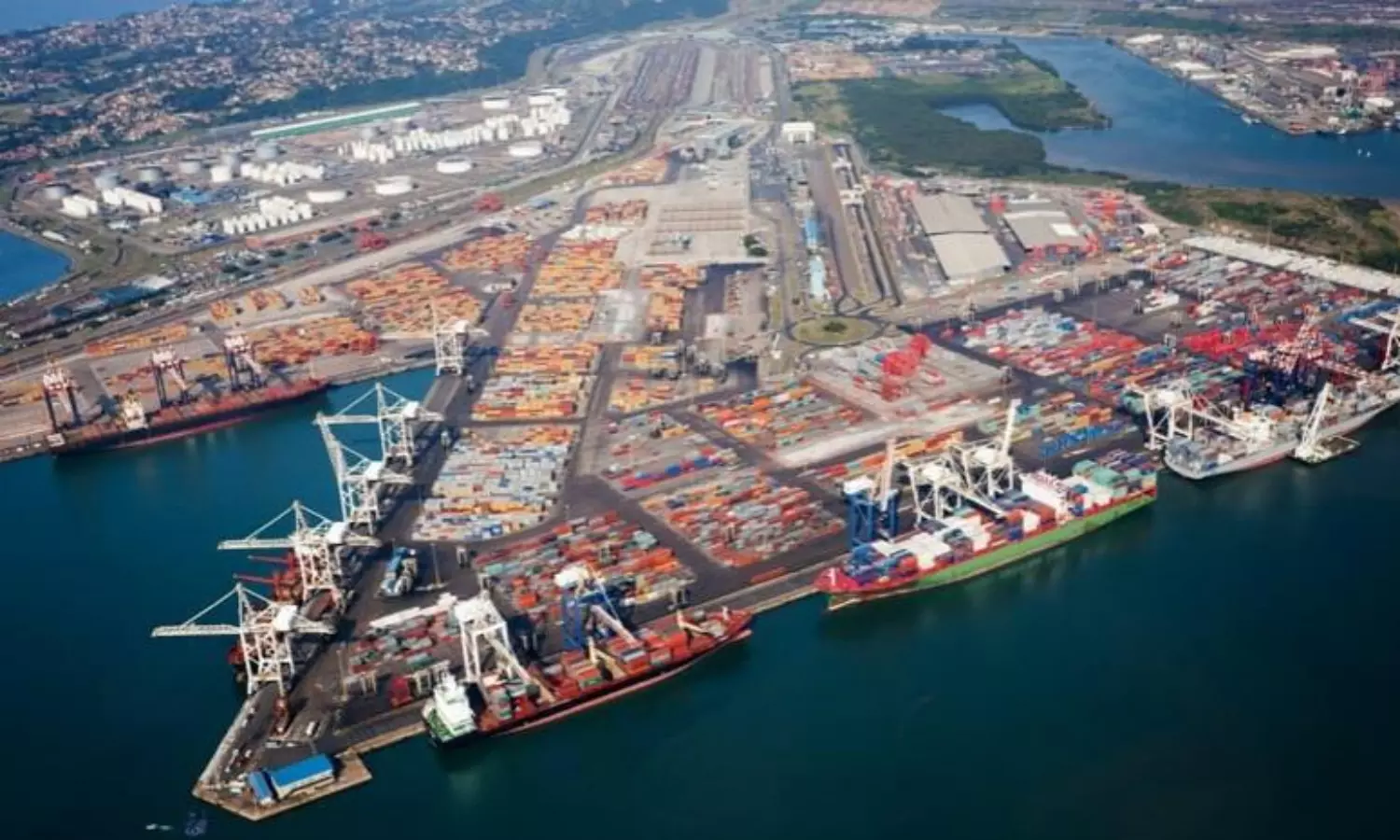SA forwarders association question World Bank report on port rankings
World Bank report omits recent corrective actions and progress under Transnet's new management and recovery strategy.

The recently released World Bank Container Port Performance Index (CPPI) report has raised significant concerns about the efficiency of South Africa's container terminals.
“It is crucial to recognise that the World Bank's assessment covers the period of 2023, which was marked by a severe operational crisis,” according to an analysis by the South African Association of Freight Forwarders (SAAFF).
The report does not reflect the corrective actions taken since then nor the progress achieved under the new management of Transnet as part of a comprehensive recovery and transformation strategy, the SAAFF study added. “The timing of the report’s release unjustifiably casts doubt on the efficacy of the current recovery efforts and the dedicated work of the recovery teams and the National Logistics Crisis Committee (NLCC), a robust public-private consultative initiative by the government.”
Despite the report's damning nature, it highlights areas that require improvement and should not be dismissed, SAAFF added. “It should be used constructively as a foundation for ongoing efforts to enhance container port performance in South Africa,” says Dr Juanita Maree, CEO, SAAFF in the analysis. “The report’s index or ranking does not serve as a diagnostic tool but rather as a comparative measure of performance. Therefore, it is vital for the industry and Transnet, particularly Transnet Port Terminals, to continue focusing on improvement and corrective programmes.”
The World Bank report uses rank aggregation, combining multiple rankings into a single ranking, says Dr Maree. “This is a significant problem arising in many areas, and it is an overly simplified approach to providing a single ranking of a complex system that is a port call. Furthermore, as the World Bank concedes, values are imputed when combinations of port calls and vessel call sizes are missing. The authors caution that the inherent risk with this approach is that poor or good performance within just one group will cascade across all call-size groups.”
The report emphasises the time wasted at outer anchorages, a point accepted by both SAAFF and Transnet. “However, using a vessel’s stay duration as the sole measure of performance, without considering throughput and handling rates, presents challenges in accurately comparing port performance. The World Bank itself admits that it is challenging to distinguish whether waiting time is voluntary or forced, complicating the evaluation of port efficiency.”
The report also states that S&P Global, which was part of the team that worked on the report, uses tracking and observation tools to determine where vessels anchor and create zones accordingly. “Therefore, South African ports were excessively penalised for time lost at anchorage.”
Port performance based on time and efficiency reveals mixed results, says SAAFF in its analysis. “In Durban Pier 1, the gross crane hour (GCH) was around 15.8 moves per hour while Durban Pier 2 recorded 16.4 moves per hour. These figures are 33 percent and 30 percent below the global average, respectively, but they do not represent the worst in the world. There were instances where terminals reached 32 GCH, approaching global best practices. This indicates that South African container terminals are capable of high performance, despite the current concerns.”
The report also does not account for the volume or frequency of vessel schedules, says SAAFF. “For instance, regional ports like the Port of Maputo had only 87 vessel calls with vessel sizes up to 5,000 TEUs while the Port of Nacala and Port Sudan had even fewer calls. In contrast, Cape Town and Durban had 196 and 499 vessel calls, respectively, handling larger Neo-Panamax vessels. Therefore, comparing these ports to South African ports without considering these differences is invalid.”
SAAFF underscores the need for specialisation and investment through private sector participation, fostering competition between ports and terminals (intra-port competition). “It is imperative to focus on utilising trade, transport and logistics as critical drivers for economic growth and development, particularly in an open economy like South Africa.”


